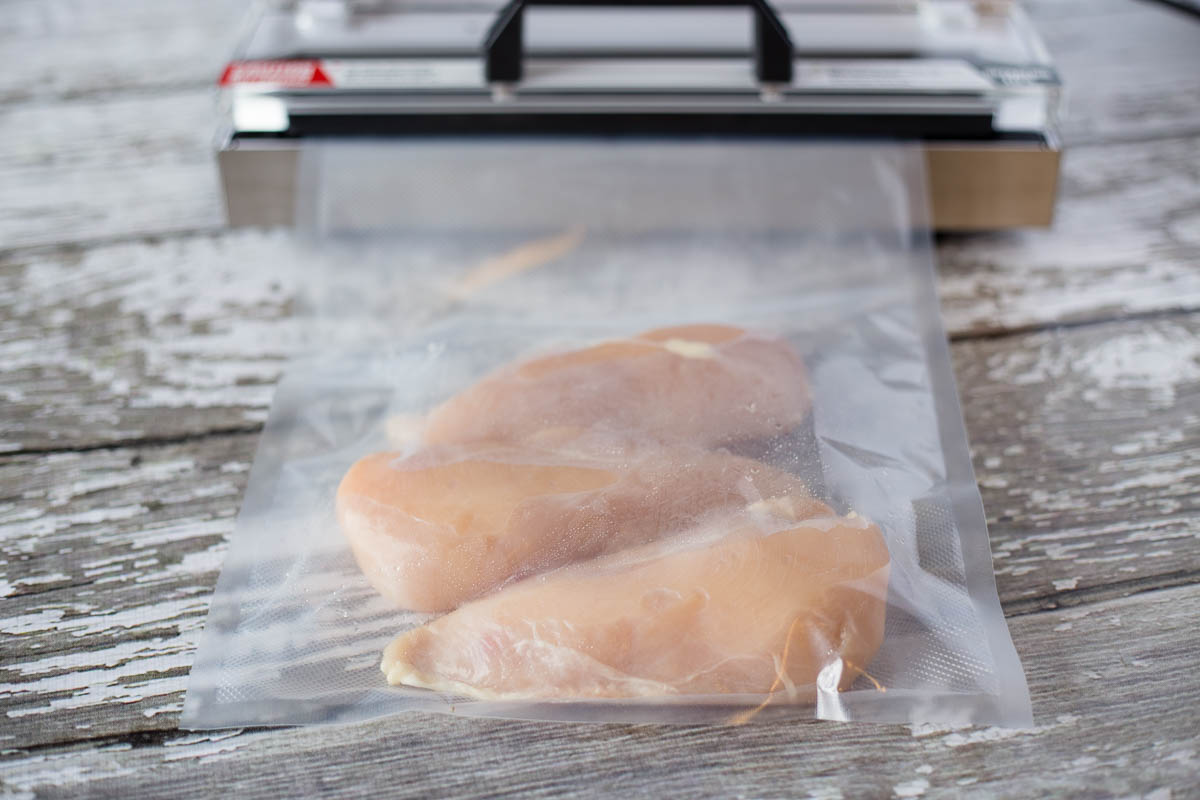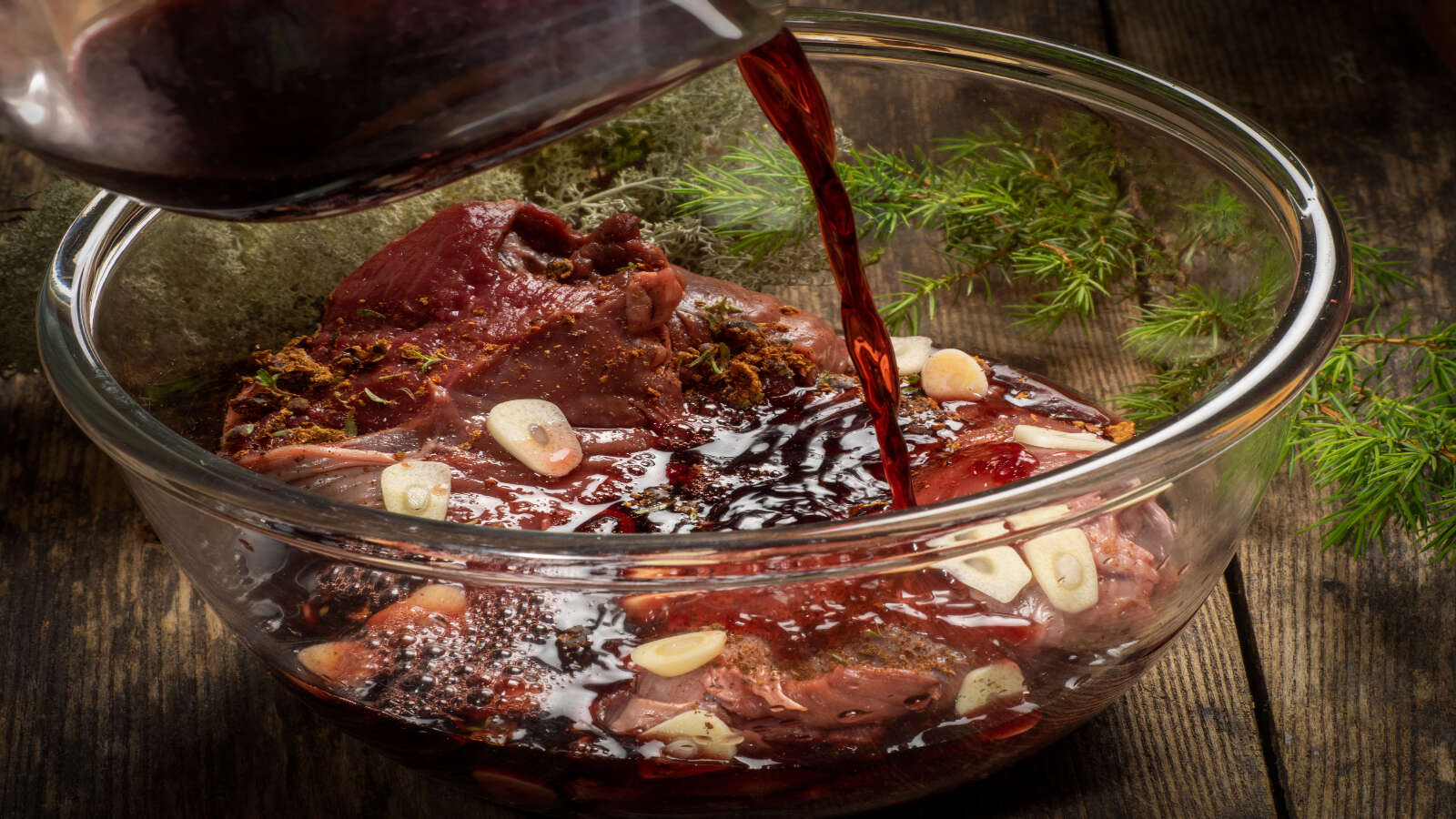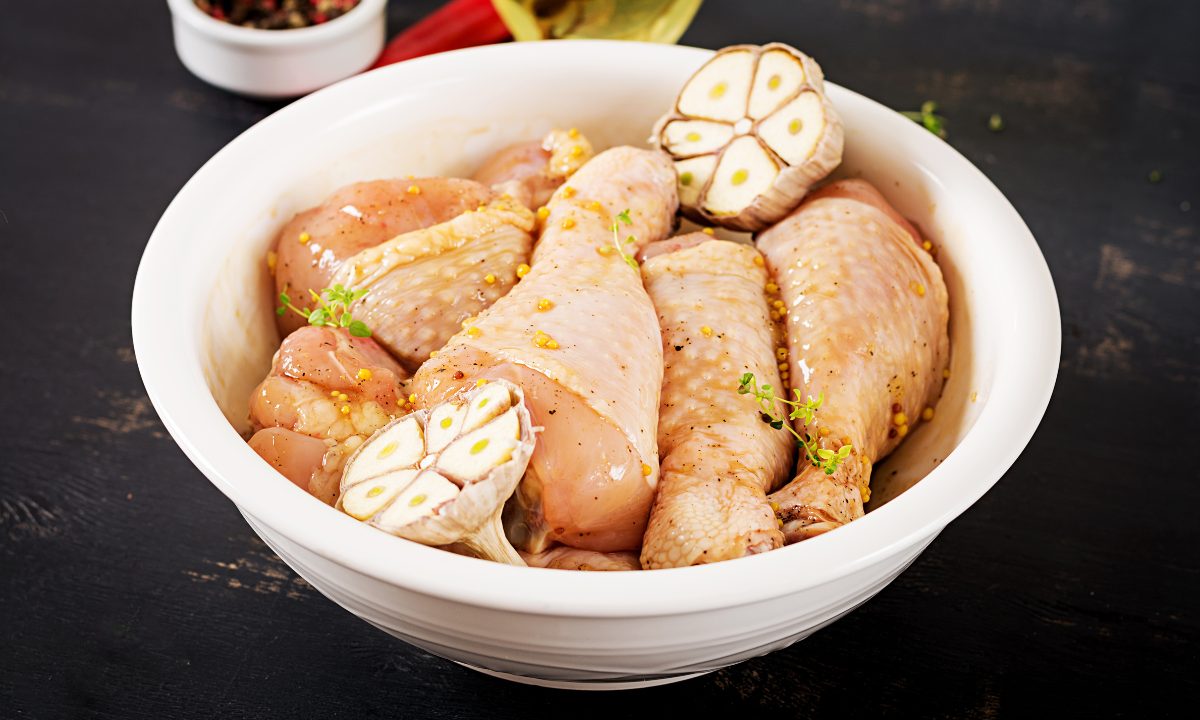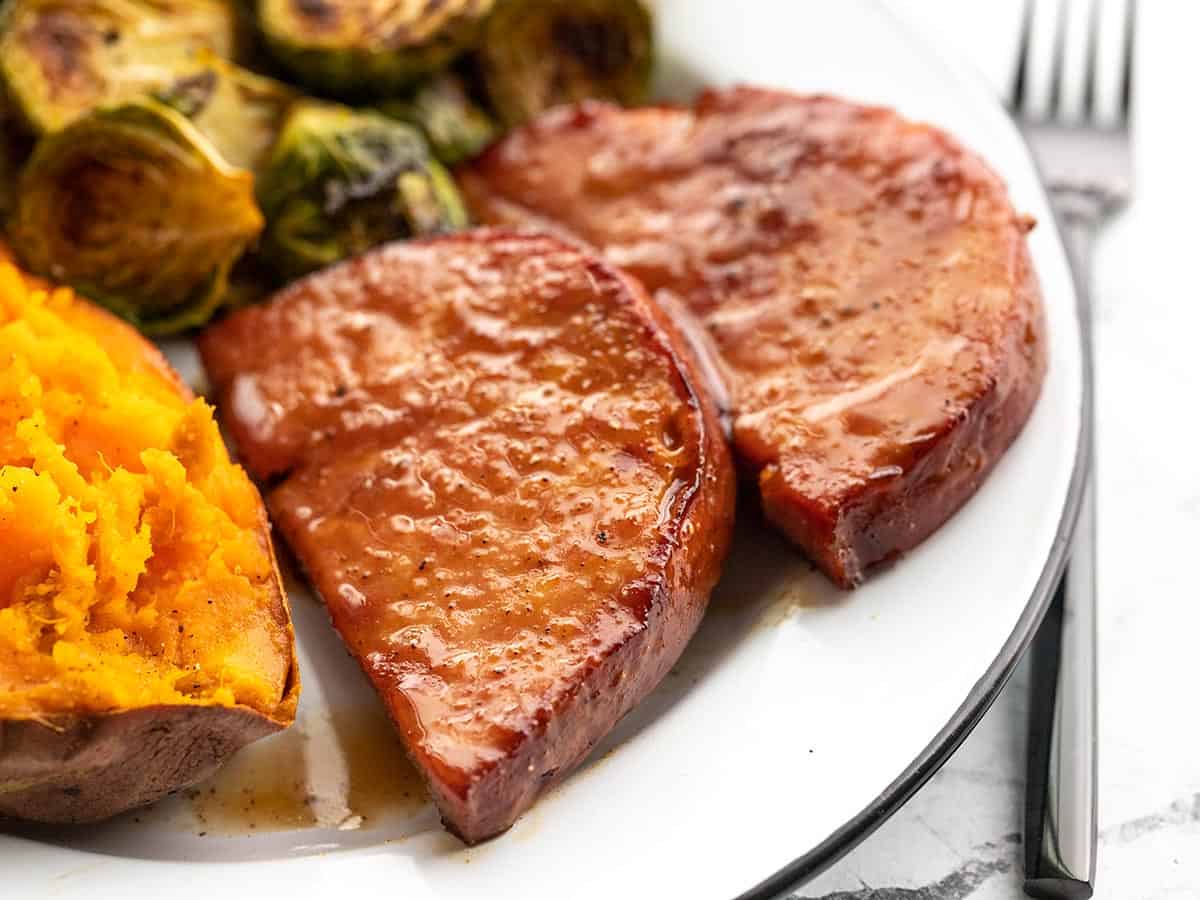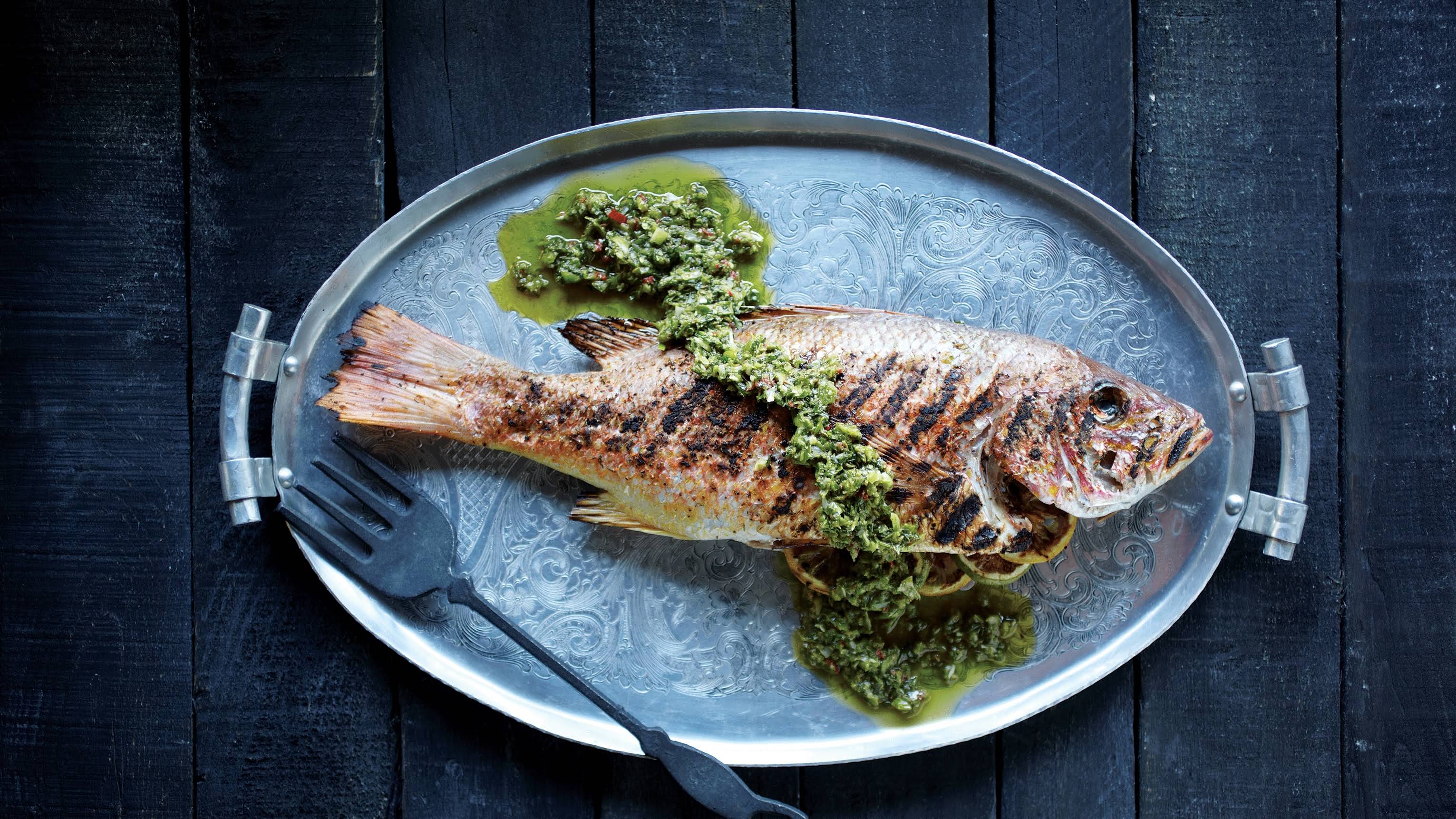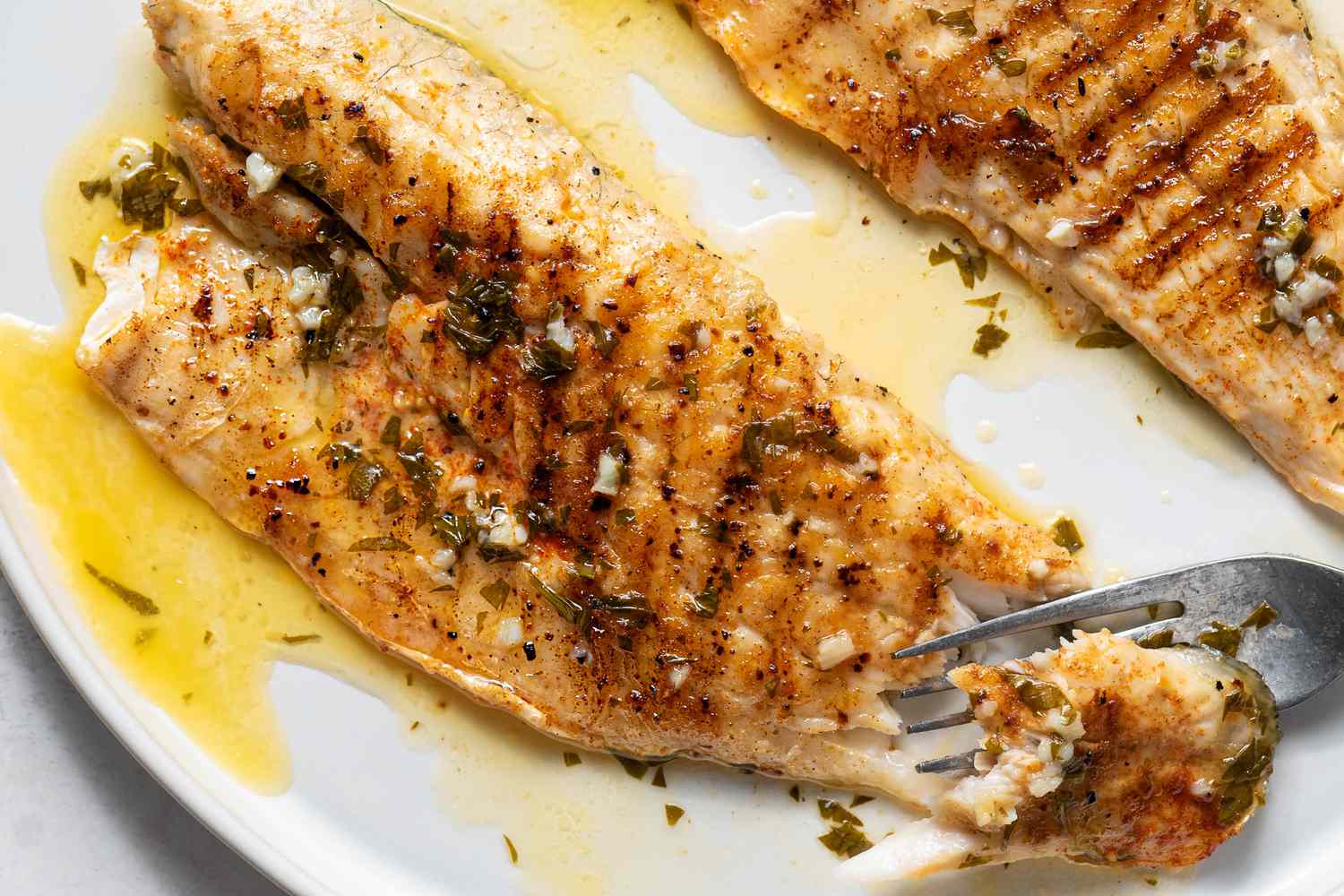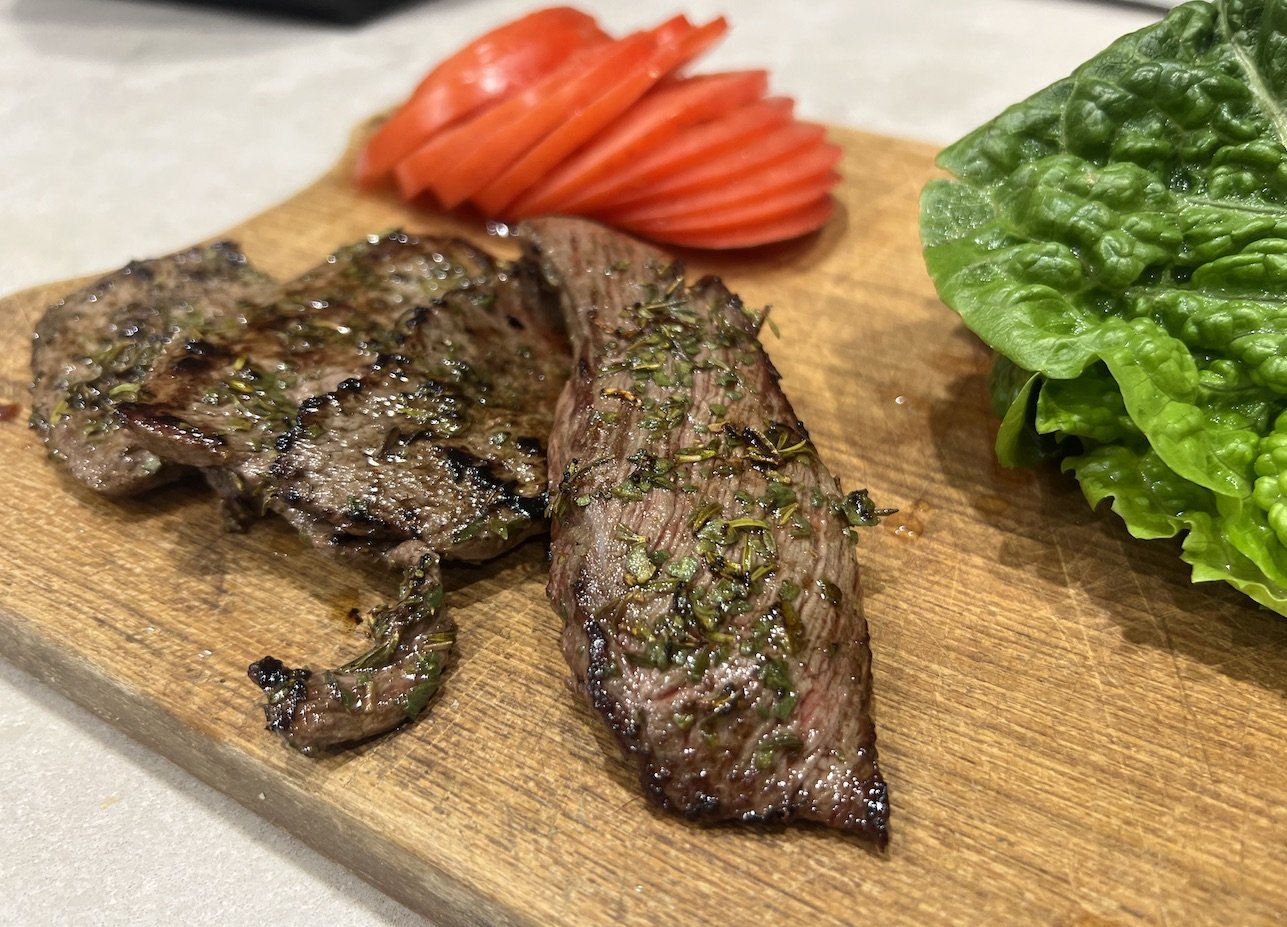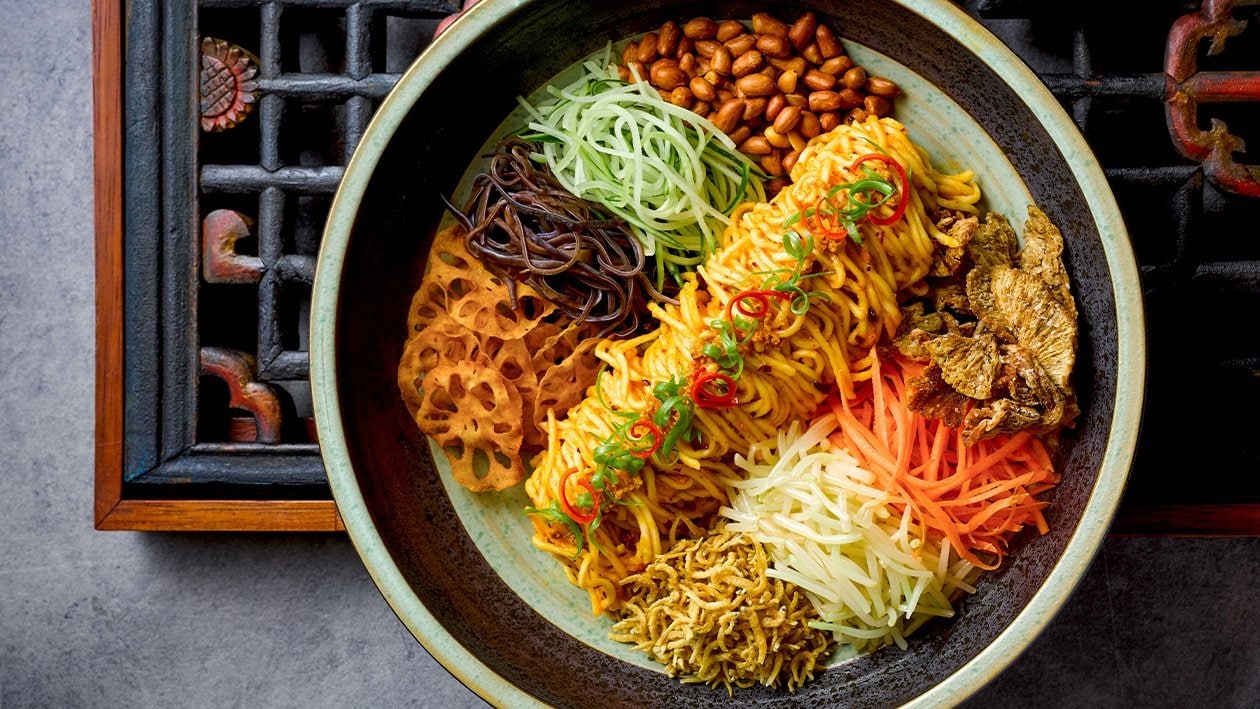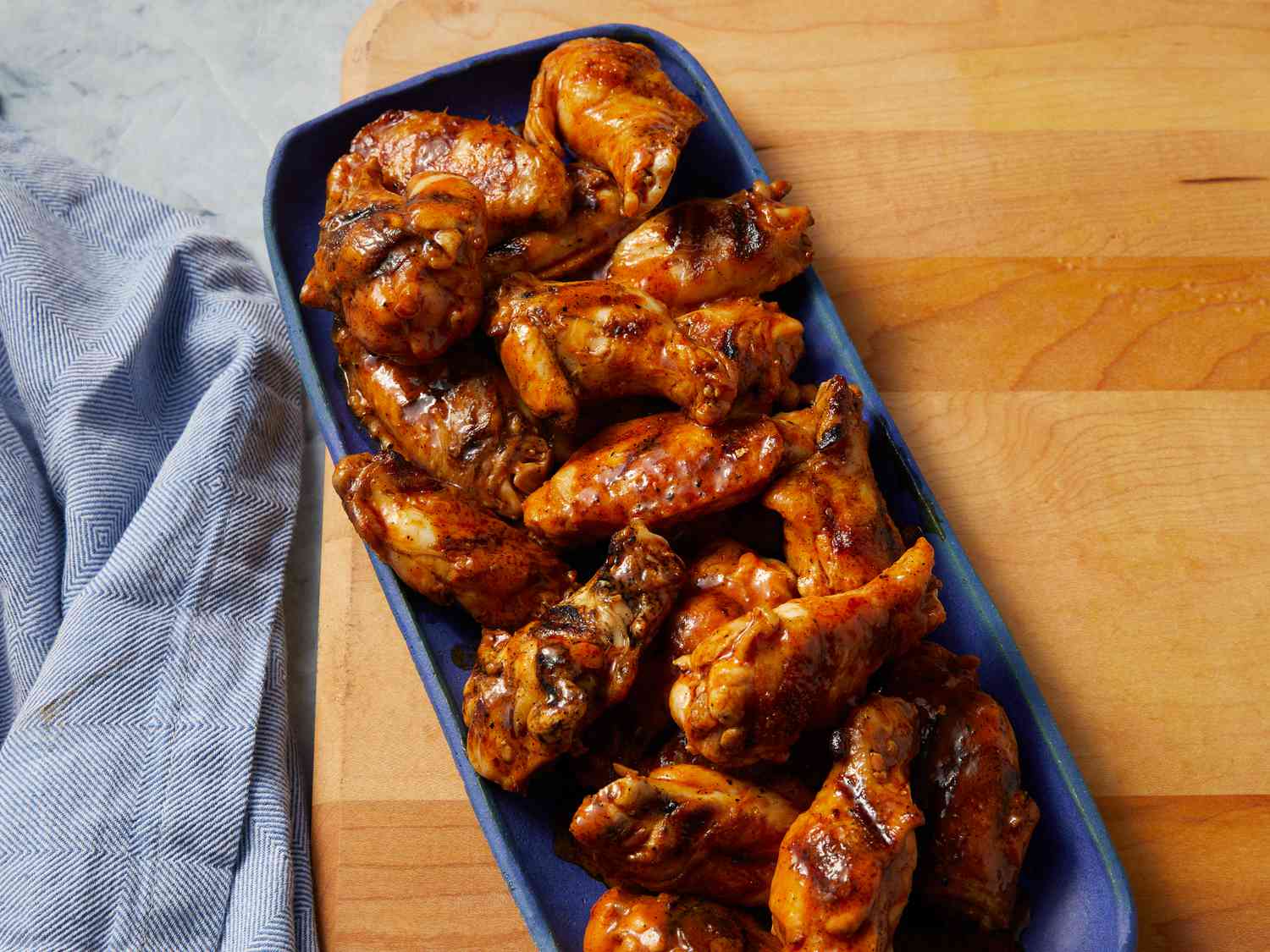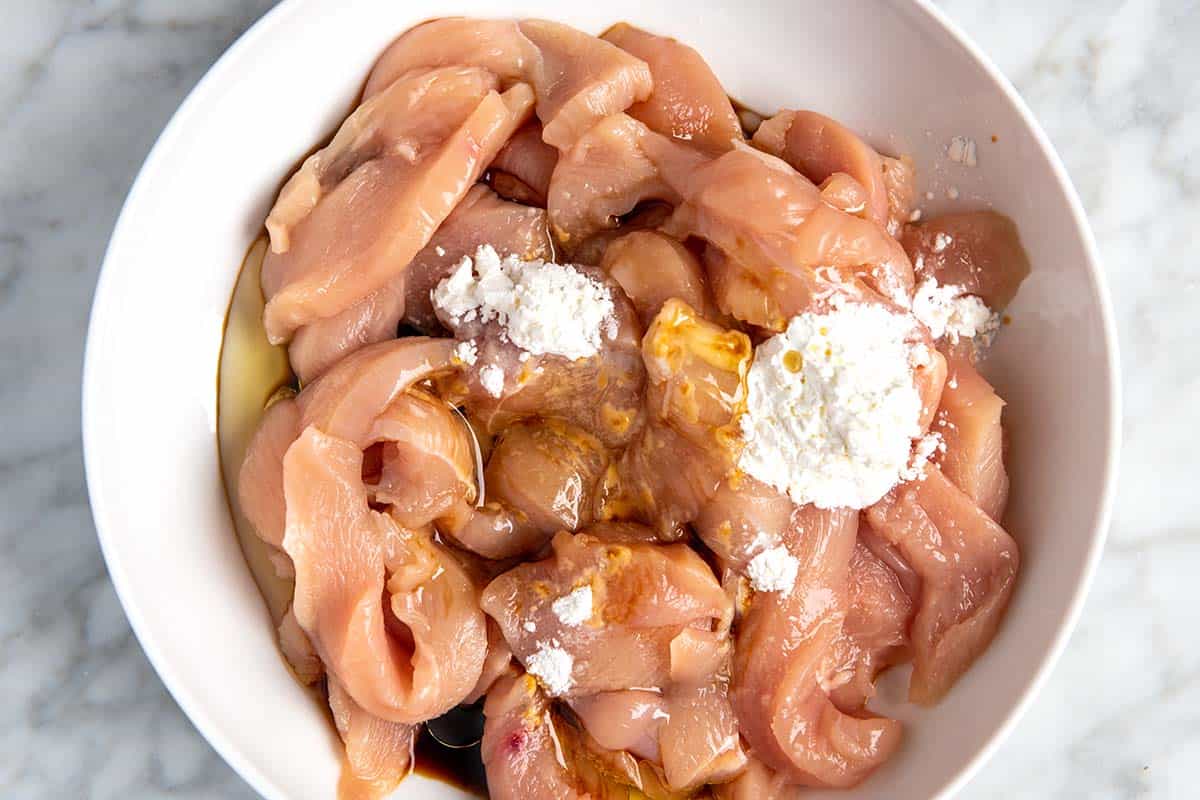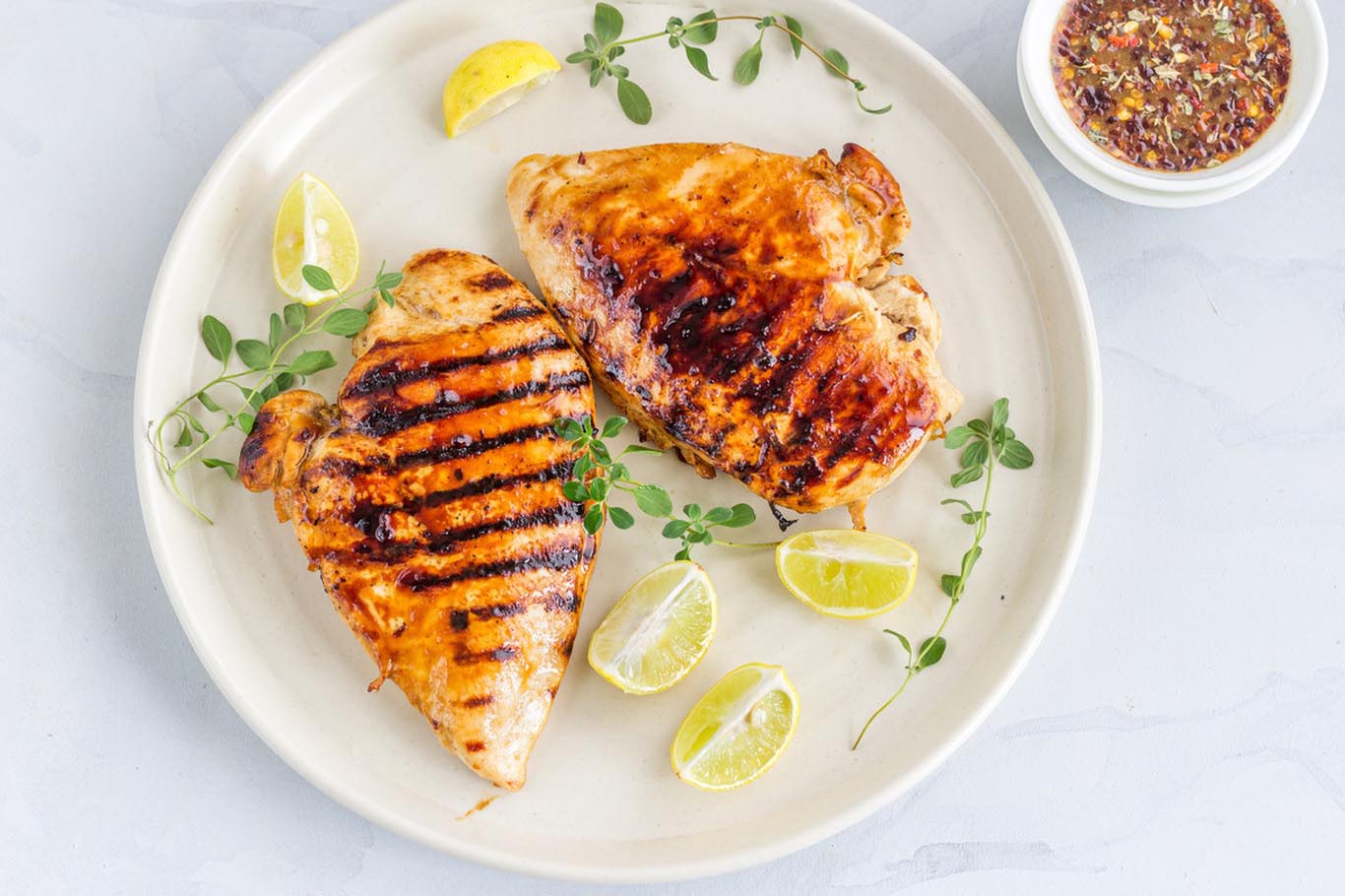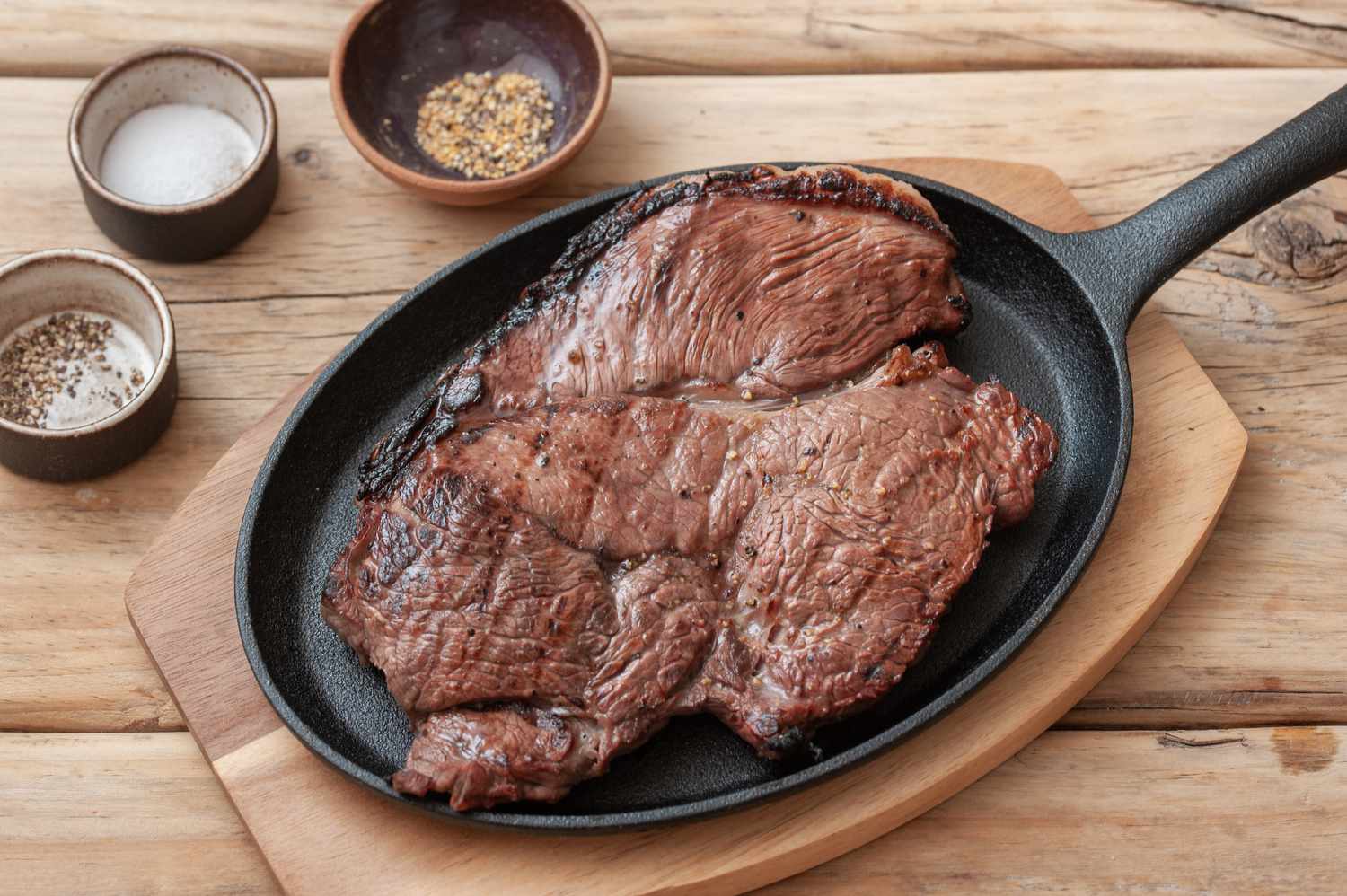Marinating Chicken with a Vacuum Sealer: A Game-Changing Technique
Marinating chicken is a popular method for infusing flavor and tenderness into the meat before cooking. While traditional marinating methods involve placing the chicken in a bowl or bag with the marinade, using a vacuum sealer can take this process to a whole new level. The vacuum sealer not only helps to infuse the flavors more deeply into the chicken but also ensures a more efficient and effective marinating process. Here’s how you can marinate chicken with a vacuum sealer to achieve delicious and flavorful results:
Choose the Right Marinade
Before you start the marinating process, it’s essential to choose a flavorful and well-balanced marinade. Whether you prefer a tangy citrus marinade, a savory soy-based marinade, or a spicy barbecue marinade, make sure to use high-quality ingredients to achieve the best results. The marinade should complement the natural flavor of the chicken while adding depth and complexity to the dish.
Prepare the Chicken
Once you have selected your marinade, it’s time to prepare the chicken for marinating. Begin by cleaning and trimming the chicken, removing any excess fat or skin. This step ensures that the marinade can fully penetrate the meat, resulting in a more flavorful and evenly seasoned dish. For best results, use fresh chicken that has not been previously frozen.
Marinating Process
Now comes the exciting part – the marinating process. Using a vacuum sealer, you can marinate the chicken more efficiently and effectively than traditional methods. Here’s a step-by-step guide:
- Place the prepared chicken in a vacuum-sealable bag or container.
- Pour the marinade over the chicken, ensuring that it is evenly coated.
- Seal the bag or container using a vacuum sealer, removing the air from the package to create a tight seal.
- Allow the chicken to marinate in the refrigerator for the recommended time, typically 2-24 hours depending on the recipe.
By using a vacuum sealer, the marinade is forced into the chicken more effectively, resulting in a deeper infusion of flavor and a more tender texture.
Cooking the Marinated Chicken
Once the marinating process is complete, it’s time to cook the chicken to perfection. Whether you prefer grilling, baking, or pan-searing, the marinated chicken is now ready to be cooked according to your favorite recipe. The vacuum-sealed marinating process ensures that the flavors are locked in, resulting in a more flavorful and juicy end product.
Benefits of Using a Vacuum Sealer for Marinating
Marinating chicken with a vacuum sealer offers several advantages over traditional marinating methods:
- Enhanced flavor infusion into the meat
- More efficient marinating process
- Reduced marinating time
- Improved texture and tenderness of the chicken
- Minimized waste of marinade
With these benefits in mind, it’s clear that using a vacuum sealer for marinating chicken can elevate your cooking game and result in more flavorful and tender dishes.
Experiment with Flavors
One of the most exciting aspects of marinating chicken with a vacuum sealer is the opportunity to experiment with different flavors and ingredients. Whether you’re craving a zesty lemon-herb marinade, a sweet and tangy teriyaki marinade, or a bold and spicy jerk marinade, the vacuum-sealing method allows you to explore a wide range of flavor profiles to suit your preferences.
Next time you’re planning to cook chicken, consider using a vacuum sealer for marinating to experience the enhanced flavors and textures it can bring to your dishes. With a little creativity and the right combination of ingredients, you can take your marinated chicken to new heights with this game-changing technique.
So, why not give it a try and elevate your chicken dishes to a whole new level with the power of a vacuum sealer?
More Delicious Marinated Chicken Recipes to Try
Having mastered the art of vacuum-sealing and marinating chicken, readers are now perfectly poised to experiment with a variety of flavorful recipes that utilize this technique. Among the enticing options, the Vacuum-Sealed Lemon Garlic Chicken stands out for its classic and universally loved flavors, making it a must-try for those new to vacuum marinating. For those with adventurous palates, the Spicy Jerk Chicken Marinated with Vacuum Sealer offers a tantalizing taste of Caribbean spices. Lastly, the Vacuum-Sealed Thai Coconut Curry Chicken provides a creamy and exotic experience that is both comforting and exciting. Each recipe ensures deeply infused flavors, tender textures, and a delightful culinary experience.
